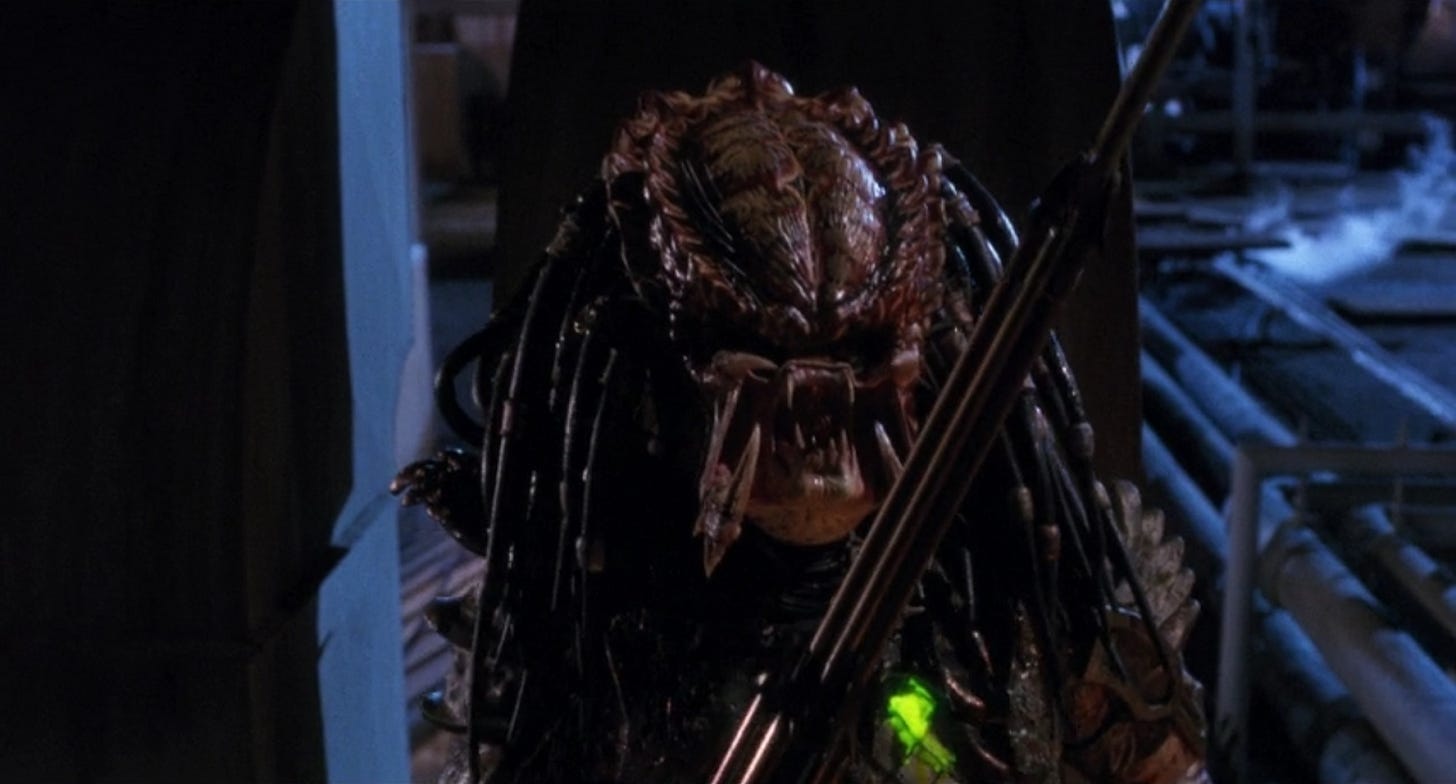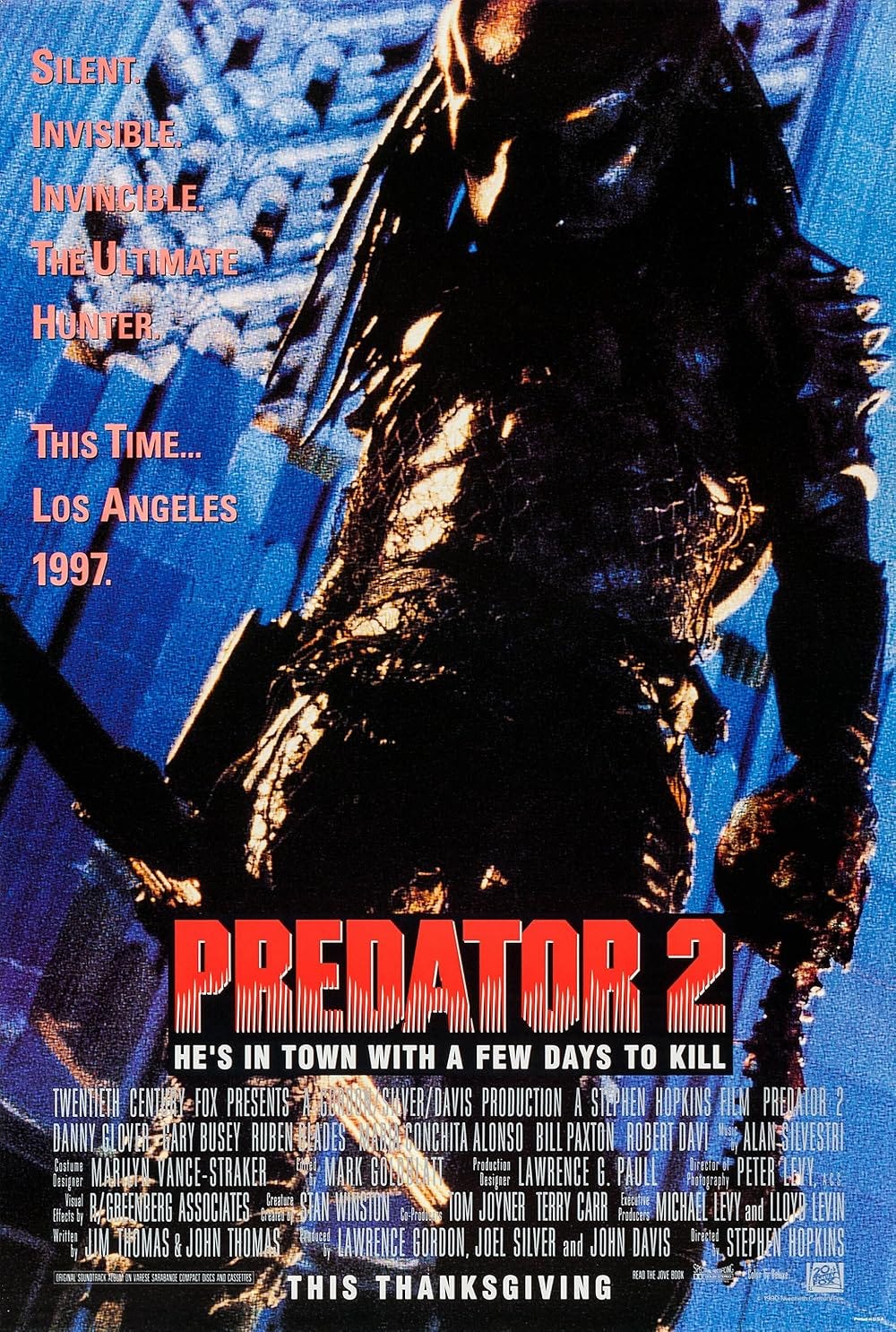In 2009, Wilco sang that “every generation thinks it’s the end of the world,” and I believe Jeff Tweedy is right about that.1 But some days it really feels like it’s the end of the world. And on those days, I often find comfort in post-apocalyptic science fiction—especially if the near-future setting is the very near future.
Predicting what the world—or even just America—will be like is a challenge no matter how many years you’re leaping forward. But the narrative focus does shift a bit depending on the leap. If you’re setting your sci-fi saga 300 years from now, you’ve got to spend time on the surface-level details. Our technology, our clothes, our language, our pastimes, all of those things need to be inherently different so that the viewer never forgets it’s the year 2325. And that’s a creatively stimulating prospect.
If you’re turning the dial ahead by a decade or less though? None of that stuff really matters. Sure, if you look back at 2015, our fashion focus has shifted, our technology has improved in certain ways, and we (or at least our youths) use different slang. Things still look pretty much the same at first glance. So the creative challenge is to explore what’s happening under the surface, what kind of altered existence we’re living in at that time because of a series of events that could happen right now.2
It’s a matter of predicting not what inventions we may dream up or what kind of music is popular but how our sociopolitical landscape might look in the near future. And for better or for worse, that’s what Predator 2 is doing.
I think this was a fascinating choice for this franchise. Predator is a sci-fi film to be sure, but it’s set in present-day 1987. In fact, if Predator is turning the dial at all, it’s turning it to the past. Dutch and Dillon (and presumably other members of their team) are Vietnam War veterans, and you can tell that they still harbor the mindset that was hammered into them during their training. Perhaps you could even read Dutch’s battle with the titular creature as a metaphor for his inability to adapt to a future that has already arrived. But that’s another newsletter for another day.3
The sequel was released three years later, but it’s set a full 10 years later. Predator 2 shows us a vision of Los Angeles in 1997 that probably seems post-apocalyptic to people who are afraid to go downtown. It’s not a very flattering vision, nor is it very culturally sensitive.4 Hell, it wasn’t politically correct in 1990. After all, this was right around the peak of gang violence in L.A., so Predator 2 simply leaned into that situation by centering the conflict around a turf war between Colombian and Jamaican drug cartels.5
Now, there are lots of elements to this setting that I’m not qualified to discuss. But I find it interesting all the same. Here is a film that suggests that things in Los Angeles could go from bad to worse if America allows drug trafficking to escalate. And you see these flourishes all throughout the film, especially in the scattered news clips but also in the overwhelmed local police force and the interruptive presence of the FBI. I mean, entire city blocks have become warzones in this reality. And yes, there just so happens to be a high-tech alien assassin roaming around the city and hunting cops and drug lords for sport.
It’s a premise so grave that it becomes campy. But what I love about Predator 2—a flawed but fun movie—is that this setting is true to the creature lore that would come to define the franchise.
As the climactic sequence is about to begin, the head of this FBI task force (played by Gary Busey, who looks like he couldn’t even spell “FBI”) explains to hard-nosed policeman Mike Harrigan (played by Danny Glover, who was already “too old for this shit” three years earlier in Lethal Weapon) that they’ve been studying this species for a decade now. And they’ve determined that these creatures scan the solar system—and especially our planet—looking for conflict. Then they go where the action is because they believe they’re capable of defeating even the most violent adversaries.
We don’t get a ton of this information in Predator, though it’s there. And most of the sequels don’t really lean into this angle either. But the recent Predator: Killer of Killers brings it back in a big way by dropping Yautja hunters into three different historical contexts: a Viking revenge saga, a blood feud in feudal Japan, and a WWII fighter pilot mission.6 It’s a really good Predator film because it truly understands the motivation of its central characters.
Predator 2 understood the assignment as well. They just had the guts to try and predict the future along with it.
Predator 2 is streaming on Hulu and Disney+, and it is available to rent elsewhere.
If you’re a Wilco fan and a creative person, or even if you’re just one of the two, I really enjoyed Tweedy’s book How to Write One Song. He gives some great insights into the artist’s process no matter what kind of thing you’re trying to create. And he just seems like a great hang.
I remember seeing The Purge in theaters in 2013 and thinking “Wow, all of this is happening only nine years from now? And this purge has been a thing for a minute? Bold choice.” And now I look back on that choice and think “Yeah they pretty much got that one right.”
If you subscribe to Shea Serrano’s Good Movie newsletter, then yes, we totally planned this together, on purpose.
I rewatched Predator 2 a few days after diving into the new Clipse record and I couldn’t stop thinking of that lady saying “This is culturally inappropriate.”
If you’re interested in a double feature of films that are very culturally insensitive but still imminently watchable, pair Predator 2 with Colors. What a picture.
Did you know that the creatures in the Predator films are called Yautja? I always forget that name. It just doesn’t have the same ring as “Xenomorph.”






The name Yautja, like Xenomorph, was likely created by fans retroactively, since they likely would not have been mentioned by that name in the actual films.
You're right about almost all the sequels not leaning into the conflict angle. I wonder if it's because that gives each movie a secondary plot to use? Predator used it to establish the relationship between the mercenaries. Predator 2 used it to give the location and its characters more depth.
I enjoy Predators and will always hype it, but both it and AVP have staged conflicts. AVP2 and The Predator show up in small towns, with zero conflict subplots. Prey skirts it a little, but the tribe's hunting rituals and its significance to the main character is spiritually a conflict, plus the fur traders represent a physical conflict in the world.
Predator: Killer of Killers seems to mix the two. The Viking and WW2 stories showed conflict, but the Ninja story lacked it a bit and the final story went for the staged vibes. Maybe that's why I have mixed feelings about it.
Anyway, your post gives me another reason to argue that Predator 2 is a really great sequel that has contributed a lot to the franchise's legacy.